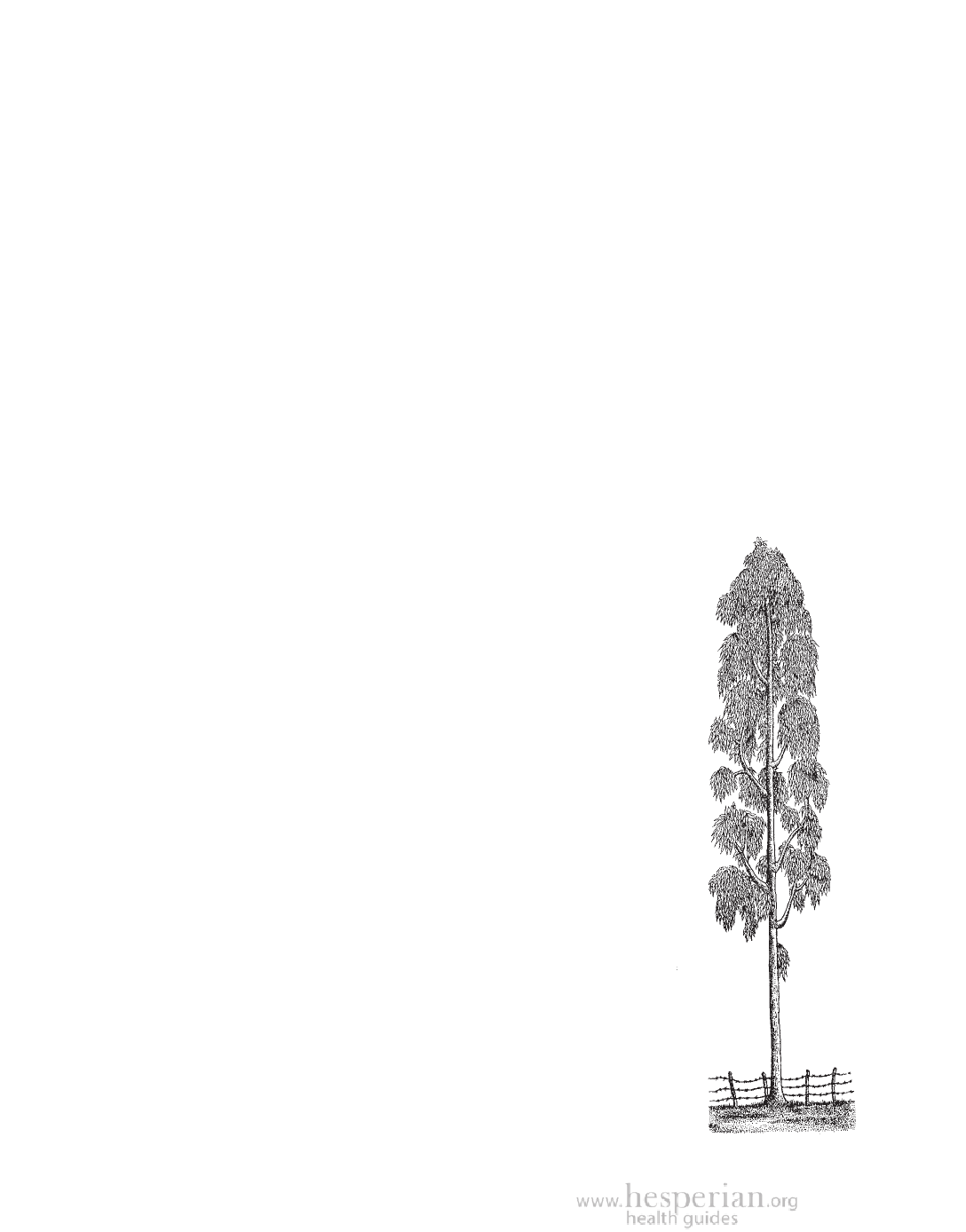
2 02 R e s to r i n g L a n d a n d Pl a n t i n g Tr ee s
Restoring Damaged Land
Sometimes land is so damaged that it seems impossible to restore it to a
healthy state. In places where healthy land has turned to desert, or where toxic
chemicals in the soil have made it impossible for plants to grow, the land could
take hundreds of years to restore. But in many places, with careful work and
understanding of the ways the earth restores itself, we can help the land recover.
Nobody can force land to be productive. Even chemical fertilizers work for
only a little while before the land no longer produces. But if we pay attention
to natural cycles, we can help create the conditions the land needs to restore
itself to a healthy, fertile state.
Natural succession
Sometimes, the best way to restore land is to leave it alone or help it recover
in small ways. Building fences or posting signs asking people to stay out,
or reducing the number of livestock that graze the land, can go a long way
toward letting land recover. When land is protected from use, and the
conditions are right for life to return, plants come back in a natural
order, called natural succession. This process can take many years,
even several generations.
Natural succession will NOT restore land when:
• There are no sources of seeds or native plants nearby.
• Rapidly spreading plants have taken over and crowd out
desirable plants.
• The land is so degraded or contaminated that nothing will
grow. (For a story about restoring land after an oil spill, see
page 520.)
Native and non-native plants and trees
Native plants (plants from the local area) grow easily in local
conditions. They also preserve biodiversity by attracting and
providing homes for native insects, birds, and animals.
Sometimes, plants and trees that are not native to the local
area become popular because they grow fast, produce good lumber,
or help improve the soil. Some trees, such as eucalyptus, pine, teak,
neem, and Leucaena have been planted all over the world.
But planting trees and plants that are not native to your area can
lead to problems. They may use too much groundwater, compete with
crops and native trees for water and soil nutrients, spread beyond
where you want them to grow, or cause native animals and
insects to seek other places to live. When non-native plants take
over, it is difficult to restore land through natural succession.
A Community Guide to Environmental Health 2012